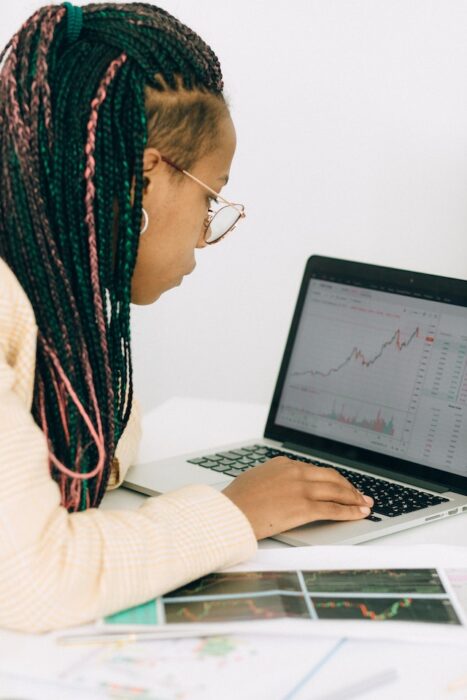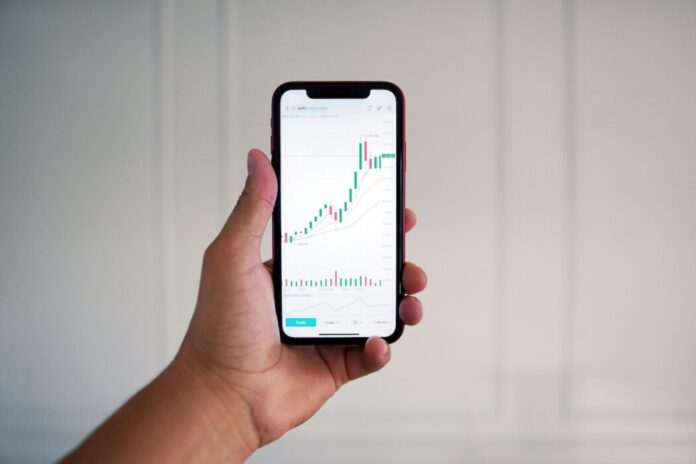Foreign exchange, or forex trading, is a way to make money by exchanging one currency for another. Currency prices are constantly moving, so there’s the potential to make a profit by buying low and selling high. But before you can start trading, you need to understand pips and lots. In this article, we’ll take a closer look at these terms and explain how they can affect your trading results.
What are PIPS and LOTS in foreign exchange trading, and how do they work?
A pip is the smallest unit of cost movement in forex trading. Most currency pairs are quoted to four decimal places, so a pip usually equals 0.0001. For example, if the EUR/USD exchange rate moves from 1.2345 to 1.2346, that’s a one-pip move.
A lot is a standard unit of measurement in forex trading. A standard lot is 100,000 units of the base currency, but there are mini-lots (10,000 units) and micro-lots (1,000 units). So, if you were trading EUR/USD, a standard lot would be 100,000 euros.
The value of a pip depends on the size of the lot. For example, if you’re trading a mini-lot, each pip is worth $1. But if you’re trading a standard lot, each pip is worth $10.

How do pips and lots affect your profit or loss?
Your profit or loss in forex trading is determined by the number of pips that your trade moves in your favour and the size of the lot you trade. For example, if you buy one mini-lot of EUR/USD at 1.2345, the price moves up to 1.2355, and that’s a 10-pip in your favour. So, if you sold at that price, your profit would be $10 (10 pips x $1 per pip).
If you had traded a standard lot, your profit would have been $100 (10 pips x $10 per pip). Of course, the higher potential profit comes with more risk. So, before you start trading, it’s crucial to understand how pips and lots work and how they can affect your profits and losses.
How can you use PIPS and LOTS to your advantage when trading currencies?
Pips and lots provide a way to measure your trade size and profit or loss.
When trading currencies, it’s important to remember that the value of a pip can vary depending on the lot size you’re trading. So, if you want to make a significant profit, you’ll need to trade a more considerable lot. However, this also means that your losses could be magnified. So, it’s essential to consider your trade sizes and manage your risk accordingly.
In addition, pips and lots can also be used to set your stop-loss and take-profit orders. Stop-loss orders are designed to limit your losses if the market moves against you, while take-profit orders are used to lock in profits when the market moves in your favour. By understanding how pips and lots work, you can better manage your risk and protect your capital.
What are some of the risks associated with using PIPS and LOTS in forex trading?
While pips and lots can be used to measure your trade size and potential profit or loss, it’s important to remember that they also come with risk. The value of a pip can fluctuate depending on the lot size you’re trading, so your losses could be magnified if the market moves against you.
In addition, some brokerages may charge commissions or fees on trades denominated in pips or lots. So, checking with your brokerage before you start trading is essential to see if any fees apply.
Finally, it’s vital to remember that forex trading is risky, and you can lose money. So, before you start trading, ensure you understand the risks and have a risk management strategy.
How can you learn more about PIPS and LOTS in foreign exchange trading?
If you’re interested in learning more about pips and lots in foreign exchange trading, there are a few resources that you can check out.
First, your broker or financial institution may offer educational resources on their website. Second, many online courses and webinars can teach you the basics of forex trading. Many books and articles have been written on the topic.
If you’re starting, learning as much as possible about forex trading is essential before putting any real money at risk. By understanding how pips and lots work, you can better manage your risk and take advantage of opportunities in the market.


















